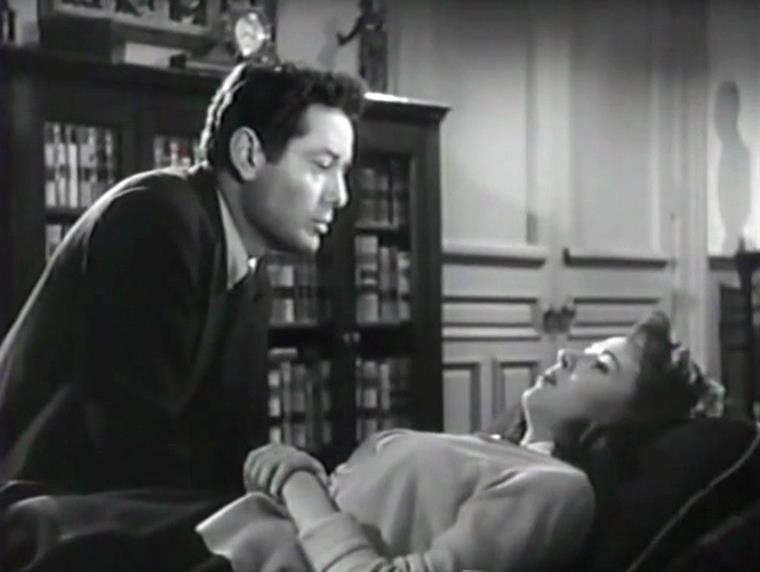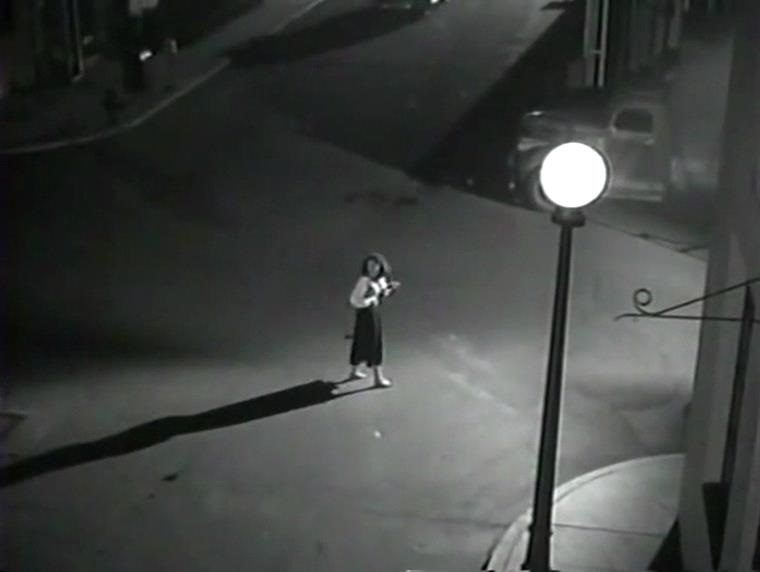
A cup of coffee comes sliding along a lunch counter, taken up by a patron who tastes the drink and instantly spits out its vile contents. The waiter who provides the poisoned chalice (Albert Mellen) works at an eatery opposite the offices of a lumber mill in the suitably anonymous Midwestern burg of “Capitol City.” So begins Ida Lupino’s third film, a sketch in charcoals depicting the bitter pills handed out by life and individuals trying to cope with jarring and humiliating twists of fate. Just as the recipient of the awful coffee spurts out the drink, young Ann Walton (Mala Powers) brushes him as she places an order with the waiter, who starts to paw her with a discomfortingly forceful come-on. Ann is on the cusp of proper entrance into adult life: the daughter of respectable schoolteacher Eric (Raymond Bond), she’s working as a secretary and engaged to a young fella on the up and up, Jim Owens (Robert Clarke), who’s already, as her father notes amiably, making more money than he does.
Capitol City is large enough to have the familiar dead spots and dark hearts of a city, but also connected in the manner of a smaller town: the suffocating intimacy of such places is noted comically at first, as Ann and Jim can’t canoodle in public without attracting a few wry, intrusive stares from nosy old folks.
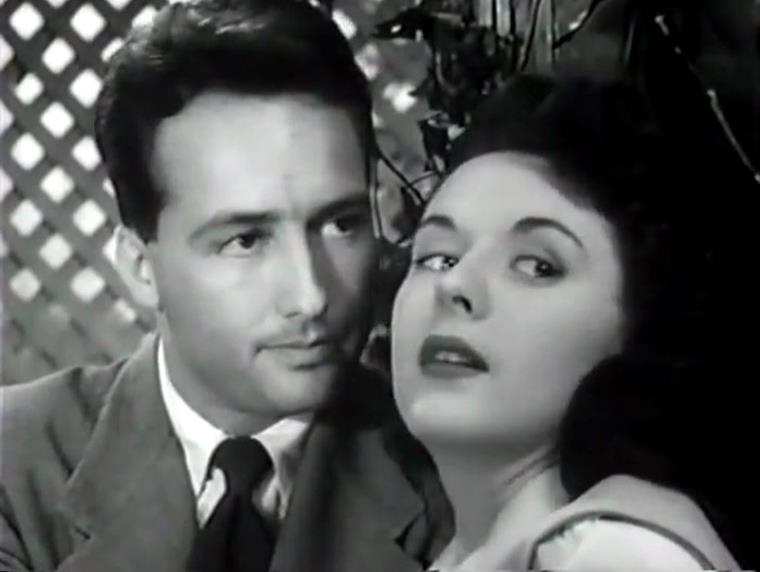
Shortly after announcing their engagement, Ann, on her way home through deserted streets after leaving the mill offices, is stalked by the waiter. Although she tries to evade him, he eventually corners her and rapes her. Unable to identify her attacker through the fog of ordeal, whose only trait she can clearly remember is a scar on his neck, Ann begins to wither under the pressure of solicitude and worried gazes and the tentative, increasingly frantic efforts of her friends and loved-ones to force themselves and their concern on her. Eventually she runs off, aiming to be lost in Los Angeles, but after fleeing a bus finishes up collapsing in exhaustion on a rural roadside, where she’s found by local pastor Bruce Ferguson (Tod Andrews). Ferguson arranges lodgings for her, and eventually Ann takes a job working in a local apple packing plant, steadily knitting herself a new existence. But it’s a temporary salvation that rests on sands that must inevitably shift.
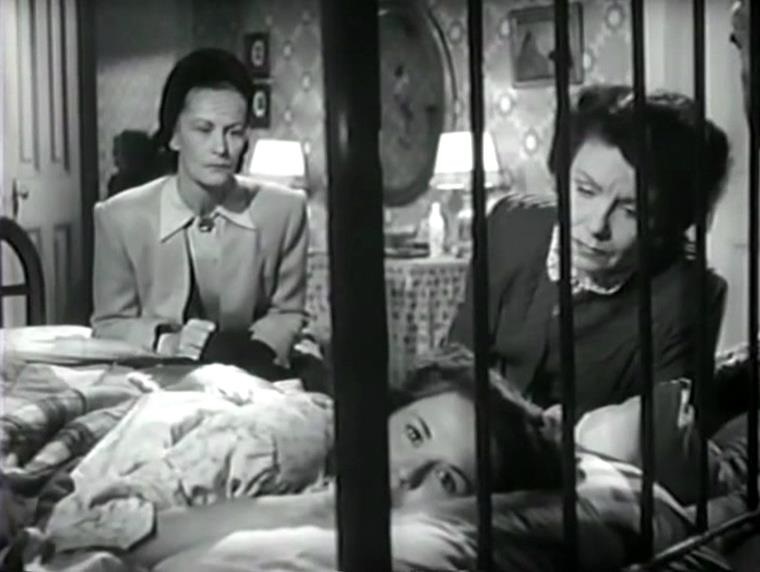
Outrage is a groundbreaking, evidently uneven, but intermittently very impressive effort from Lupino, whose small but nuanced, intelligent body of work as a feature director still demands more attention that it gets. Lupino had broken into directing at a time when no other woman was making films in the studio system when she stepped in to take over making Not Wanted(1949) and followed it up with her first proper directing credit, Never Fear. Both were essentially entries in a brand then called “women’s pictures,” essentially domestic melodramas, but with then-controversial topics at their hearts, nudging the emerging social interest cinema with such concerns. Lupino began trending towards film noir in her visual approach and thematic interests as she gained experience. Outrage mediates between her initial works and her immediate, better-known follow-ups The Hitch-Hiker and The Bigamist (both 1953), essaying two interrelated themes Lupino would return to in those films – characters who suddenly find themselves powerless and entrapped by circumstance, and those who are driven into hiding from others in the course of hiding from themselves. In those films Lupino would apply what might be deemed a stereotypically feminine role onto male characters, whereas Outrage deals with its pivotal problem in more familiar but no less exacting terms, analysing the eternal hot-button issue of rape with an eye not just for the harrowing event in itself but also the excruciating pressure of social reaction to it.
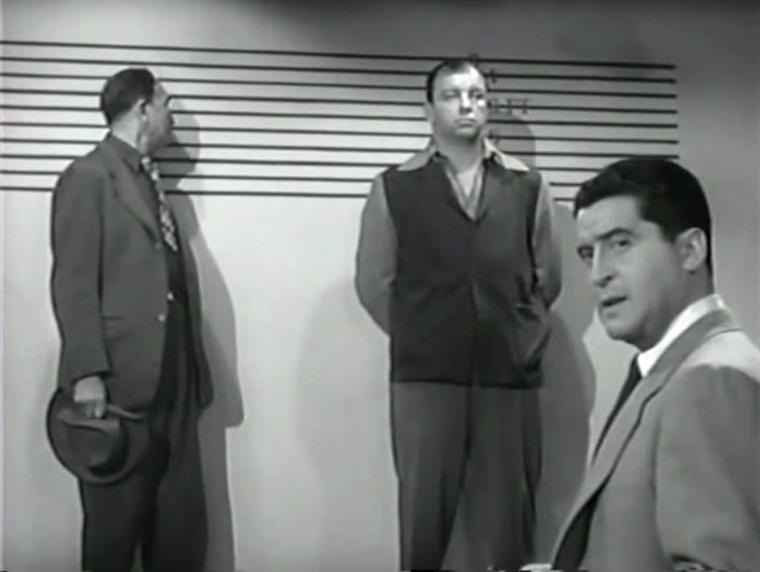
Lupino’s limpid gift for converting empathy for damaged and frightened people into fascinating portraiture here follows a similar path into film noir territory taken by the likes of Joseph Losey and Nicholas Ray. Like them she keeps the paraphernalia of genre nicety in place. The central crime is depicted in a lengthy, tense set-piece of stalking and terror, replete with vertiginous camera angles and chiaroscuro shadow play. But the storytelling swerves far out of familiar territory, as the focus falls squarely on the victim rather than perpetrator or investigators, and Outrage eventually resolves into a quiet, psychological tale of healing, with an ambiguous finale that ignores the question of whether or not Ann’s attacker is ever caught in favour of worrying whether Ann can ever resume her familiar existence. Lupino’s attentiveness to visualising complexities of character and emotion manifests early on as Ann invites Jim home and he reveals his intention to marry her; as mother hugs daughter and beau father stands, turns, and moves towards the camera to pour a drink, his disquiet and apprehension plain and undercutting the happy, cliche ritual. “You both seem a bit a young for marriage,” he notes to her imploring dissent, in a sequence charged not merely with the familiar anxiety of a patriarch confronting his daughter’s impending passage into womanhood but also the peculiar worry of an intellectual father that his daughter is heading into a life that might suppress her gifts, in the moment when the possible in his daughter’s life, and his own, suddenly become apparent concrete realities.
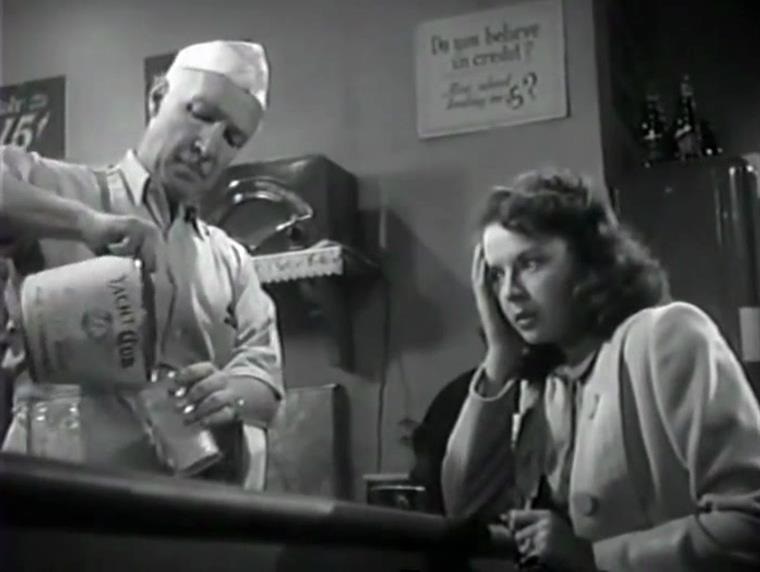
The sequence depicting Ann’s pursuit and assault is a miniature tour-de-force, reminiscent of similar sequences in Val Lewton’s backlot expressionist epics (for the same studio, RKO). The streets become a trap and labyrinth, as Ann tries to elude the following footfall in alleys and work yards, her pursuer filmed in lateral tracking shots against pasted bill posters sporting giant clown faces. The chase proceeds in near-silence but then builds to the teeth-grinding crescendo when Ann hides in a parked truck only to accidentally set off the vehicles horn, which won’t stop blaring. The sequence concludes with a neighbour jutting his head out his window in irritation at the racket and then slamming his window shut – a blunt depiction of the wilful ignorance society turns on those locked on the outside, quickly segueing into the rituals of pity and concern that render Ann even more detached and alienated from the world she thought she was a part of. Lupino complicates her framings with cluttering objects that serve to cage Ann, first during the pursuit sequence in the streets with parked vehicles and piles of wood, and then once she gets home, glimpsed sprawled on her bed with the frame of her bed looming like a barred prison gate. Meanwhile the motifs in the rape sequence suggest a very, very embryonic edition of ideas horror cinema would take up much later in giallo and slasher films – the eroticised act of the hunt, the efforts of the girl to escape the sex fiend who is identified to the audience but rendered faceless and nameless to Ann, only identifiable by a physical disfigurement. Except that whereas in that later permutation of screen anxiety, the blank visage of the psycho killer would personify dread and aggression with the convenient effect of containing threat, here the facelessness of the attacker opens the door to Ann seeing everyone about her as a force of violation, a feeling ratcheted up as everyone tries to be oh so kind and careful, accidentally reinforcing her feelings of shame and exile from the land of ordinary people.
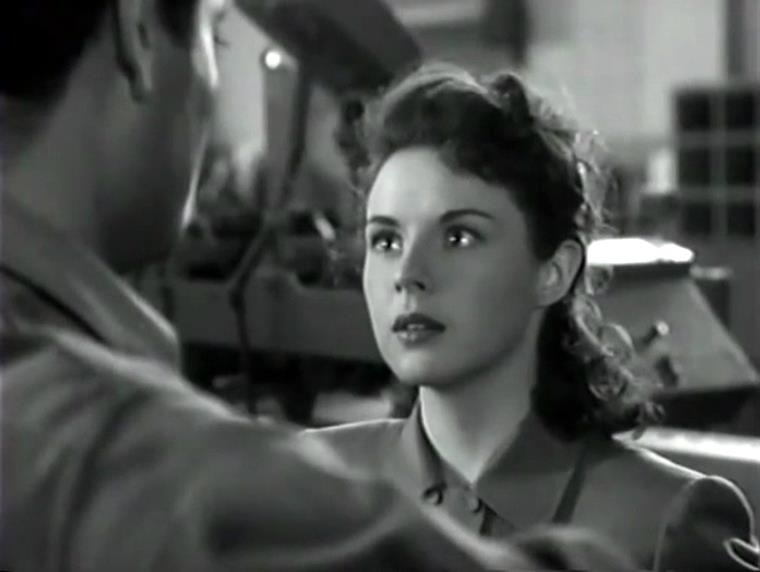
Small wonder she freaks out when she tries to return to work and get on with her life, and Jim’s attempts to try and reassure her that nothing has changed – he proposes a quick marriage to paper over the rift – sees him chase after her and shake her in what is both an act of extreme emotional furore on his part and what only feels like more assault and bullying to her. Her mother’s wedding photo becomes a mocking symbol of what Ann can’t now aspire to in a social system that ascribes identity according to such signifiers. Ann is forced to assess a police line-up, tormenting her with her inability to recall her attacker. Ann moves to escape the pinioning gaze of her family and friends, only to overhear a radio report blaring, “Her family fears she may be suffering a temporary mental lapse as a result of a vicious attack on her.” Lupino tries to get at some important concerns that are difficult to pin down with Outrage – particularly the way, for whatever reason, victims of sexual assault often feel, whether through the distortions of personal feeling or social reinforcement, like the criminals, and the film comprehends and communicates this in a way superior to many a more recent and explicit take. Ann buys a ticket and becomes a self-made fugitive, cringing as her plight is reported on the radio in strange diners, reminiscent of one of Ray’s outlaw lovers in They Live By Night (1948). Like Ray, Lupino sees both the grim and attractive sides to the vast expanses of the Midwest as a place to be lost in either deliberately or by imposition of fate, the sprawl of the land both forbidding in the aura of isolation and alienation but also promising shelter and security in islets of humanity where the past does not exist. Lupino’s stray characters always seek such shelter and belonging, but when Ann finds it it’s still charged with threat. Kindly Bruce is the strange and threatening being she wakes up to find hovering over her bed and seeming to trap her in the room.
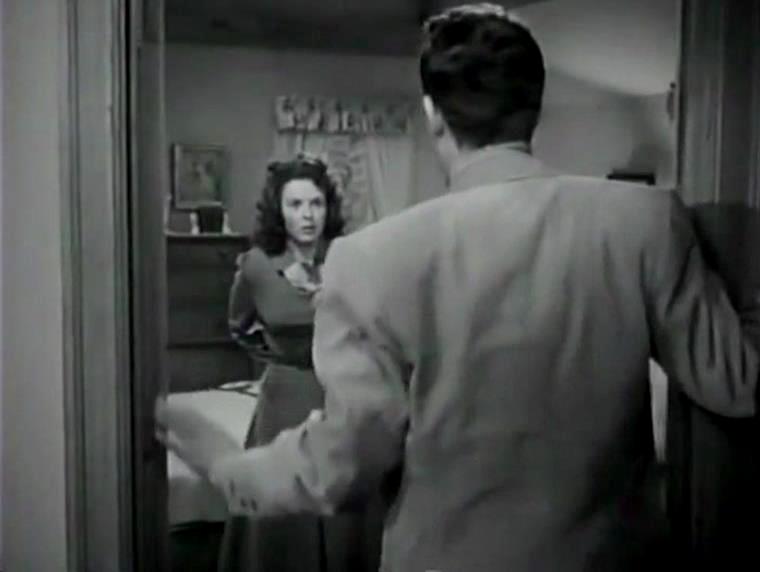
Outrage offers casual intimations of personal meaning to Lupino, who might well have often felt like she was far out on a limb as a transplanted Englishwoman who nonetheless forged herself a solid place in Hollywood and succeeded in reinventing herself where other failed and fell, and who remained remarkably unsentimental about her place in the scheme of things. Young Powers, who registers effectively in her role, bears enough resemblance to a young Lupino to strengthen this feeling. The second half of Outrage proves anticlimactic to a certain extent as it depicts the process of overcoming life-redefining pain in a manner perhaps too reminiscent of the cosy, homiletic, parochial methods of ‘50s soap opera, complete with hunky priest, representing masculinity in a manner that can be at once authoritative but also conveniently asexual, and reassuring populace of honest, earthy country folk. Andrews is restrained but still can’t help seeming smarmy and artificial (or have I just watched him in From Hell It Came, 1957, too many times?) in a role that seems to have been conceived with the equine sensitivity of someone like Monty Clift in mind. But Lupino partly redeems the recessive genes in the script (which she cowrote with Collier Young and Malvin Wald), by treating things as gently as possible, refusing to reduce anyone to a caricature or convenient symbol, and attuning to the wavelength of two damaged people finding connection in a pastoral haven. Ann’s therapeutic encounters with Bruce are securely rooted in a shared sense of estrangement from their former lives and convictions and laden with melancholic sympathy, presenting both as survivors of trauma. Bruce has taken up his current role in a tiny backwoods chapel in part because of wartime experiences that left him with his faith shaken and many friends dead, and his interactions with Ann prove as valuable for him in piecing his sense of purpose back together as for her.
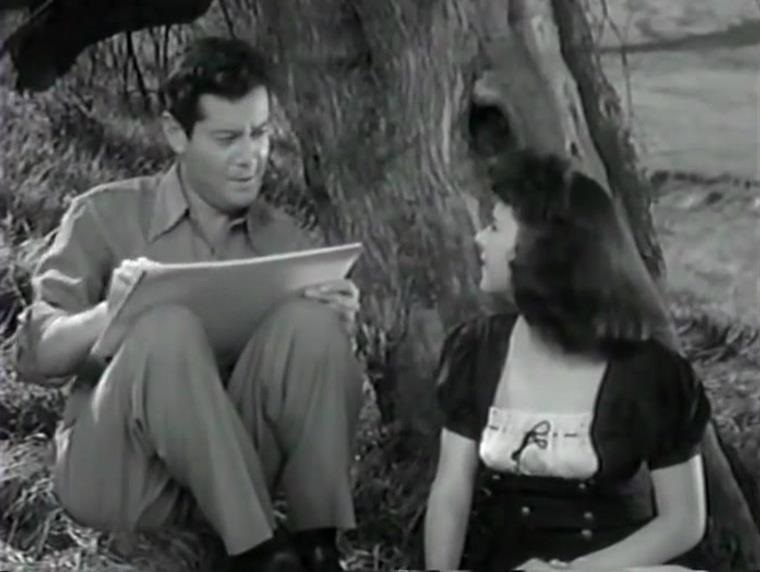
Lupino also undercuts the idealisation of the rural setting as the same things that perturb Ann in the city are just as likely to dog her here. Innocent yet heedlessly grabby young hayseed Frank Marini (Jerry Paris) starts getting fresh with Ann, pawing her hair and aggressively, resentfully enquiring why Bruce has her all to himself with the peculiar, all too accurate distraction of a man after a mate in a place where pretty faces aren’t so common. Ann’s psychological disquiet remains a time bomb that finally goes off when she brings herself to attend a free and easy social dance amidst the farmers, but when Frank corners her she is plunged back into the eye of her ordeal and strikes out with near-fatal consequences as reality blurs with repressed memory, and she wallops her suitor-attacker with the closest blunt instrument. The moment of crisis is apt and again well-handled, but subsequently the script lets everyone off the hook a little too easily. On one level, the relative lack of familiar devices of both suspense and signifiers of closure is admirable, as the film reaches its final frames with a hint of circularity and a tonal diminuendo that evokes hope for its very human characters, the river of their lives starting to trickle forwards once more. It’s also hard to deny the film doesn’t quite work as a whole. Still, Outrage is an important and incisive work from one of old Hollywood’s braver talents.
